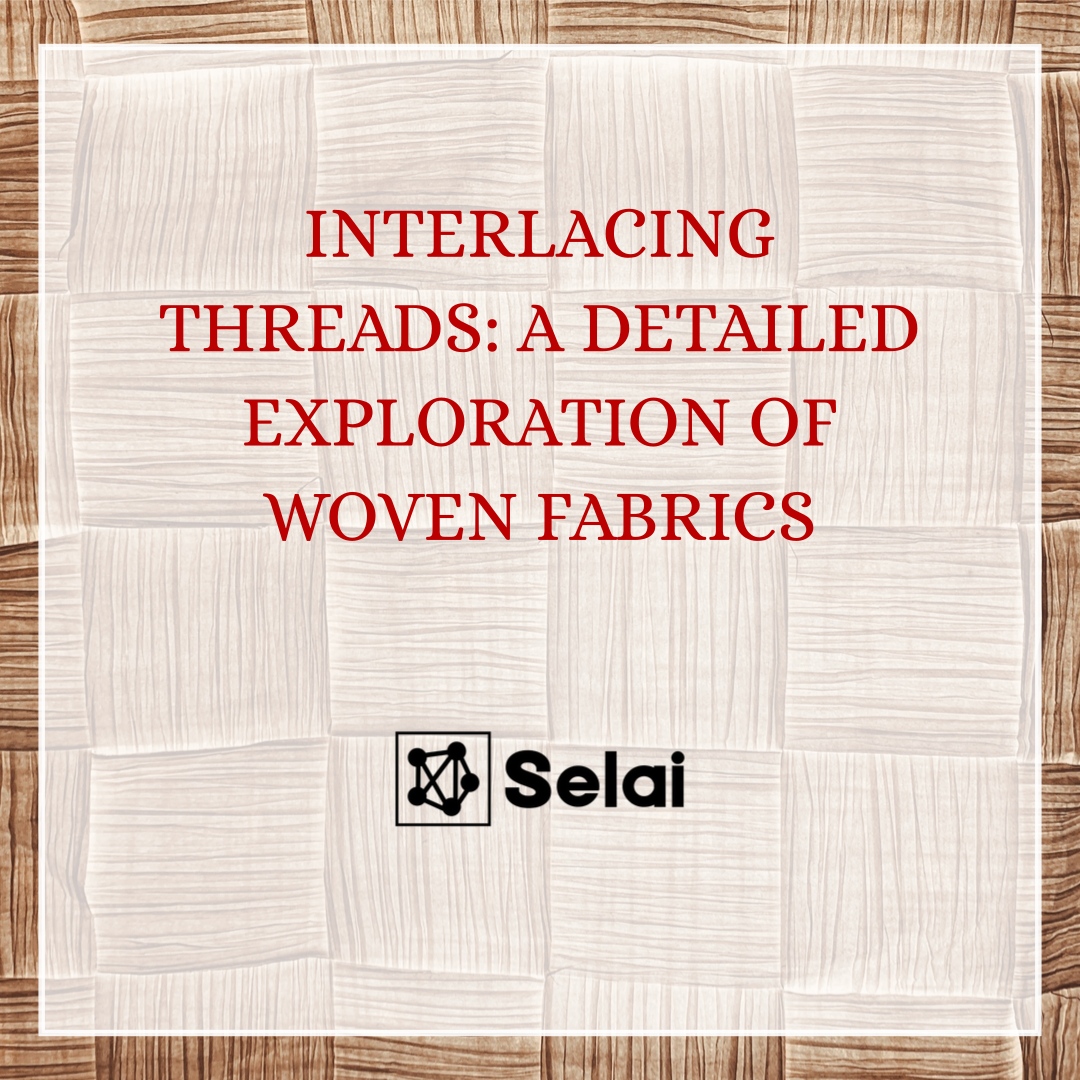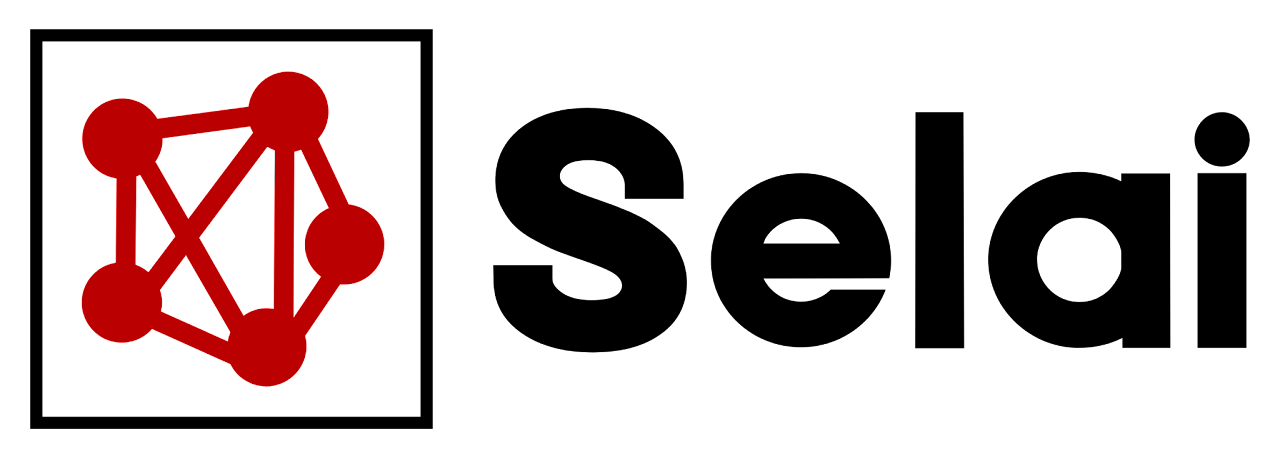
Woven fabrics, the traditional and prevalent textile structures, have been interlacing threads for centuries to create myriad textiles with varying textures, appearances, and functionalities. These fabrics stand as the backbone of the global textile industry, from clothing to home décor. This article aims to delve deep into the intricacies of woven fabrics, exploring their benefits, problems, and overall significance in the textile world.
Understanding Woven Fabrics:
Woven fabrics are created by interlacing two sets of yarns at right angles: the warp (lengthwise) and the weft (crosswise). This orthogonal structure gives woven fabrics their characteristic stability and variety, making them suitable for numerous applications, including shirts, denim jeans, jackets, curtains, and more.
Benefits of Woven Fabrics:
a) Strength and Durability:
Due to the tight interlacing of yarns, woven fabrics generally exhibit high tensile strength and durability, resisting wear and tear effectively.
b) Dimensional Stability:
Woven fabrics maintain their shape and dimensions well, preventing distortion and stretching over time.
c) Variety:
The diversity in weave patterns, yarn types, and finishes lead to a vast array of woven fabrics, each with unique properties and aesthetics.
d) Sharpness and Definition:
Woven fabrics allow for crisp, clean lines and vibrant, lasting colors, contributing to a refined appearance in finished products.
e) Breathability:
Wovens, especially those made from natural fibers like cotton and linen, are highly breathable, making them ideal for summer wear.
Challenges with Woven Fabrics:
a) Limited Stretch:
Woven fabrics typically offer less stretch and elasticity compared to knits, potentially impacting comfort and fit.
b) Wrinkling:
Many woven fabrics are prone to wrinkles and require frequent ironing to maintain a polished look.
c) Shrinkage and Distortion:
Improper care of wovens can lead to shrinkage or distortion, affecting the longevity and appearance of the garment.
d) Complexity in Production:
Creating quality woven fabrics demands precision and expertise to maintain consistent tension, avoid defects, and ensure uniformity.
Sustainability in Woven Fabric Production:
With rising environmental awareness, sustainable practices are becoming integral in woven fabric production. Eco-friendly fibers, ethical manufacturing processes, and innovative technologies are being employed to reduce environmental impacts. Organic and recycled fibers are gaining popularity, fostering sustainability in the textile sector.
Selecting the Right Woven Fabric:
When choosing woven fabrics, considerations such as the intended use, desired durability, comfort level, and care requirements should guide the selection process. Evaluating properties like weight, drape, and weave structure will ensure that the chosen fabric aligns with the intended application and user needs.
Applications of Woven Fabrics:
The versatility of woven fabrics extends their use beyond fashion into various sectors:
Clothing:
* Dress shirts and blouses: Formal and casual shirts typically made from woven fabrics.
* Pants and trousers: Including jeans, dress pants, chinos, and slacks.
* Dresses: Especially those requiring more structure or formality.
* Suits: Both jackets and trousers.
* Blazers and sport coats.
* Overcoats, trench coats, and raincoats.
* Skirts: Including A-line, pencil, and maxi skirts.
* Shorts: Both casual and dress shorts.
* Vests or waistcoats.
* Sarees: Traditional Indian attire.
* Kimonos: Traditional Japanese attire.
* Cargo pants and shorts: Recognized by their characteristic large pockets.
* Windbreakers: Lightweight jackets designed to resist wind chill and light rain.
* Uniforms: Such as work, school, or military uniforms.
* Ties, bowties, and cravats.
* Culottes: Women’s knee-length trousers, cut with full legs to resemble a skirt.
* Jumpers and rompers: One-piece garments combining a top with shorts or pants.
* Caftans: A type of flowing dress or tunic.
* Tunics: Longer tops often worn with leggings or skinny pants.
* Dusters: Long, open robes or coats.
* Sarongs: Wrapped skirts often worn as beach cover-ups.
* Ponchos: Outer garments designed to keep the body warm.
* Ghillie suits: Camouflage clothing used by military personnel and hunters.
* Dirndls and Lederhosen: Traditional German/Austrian clothing.
* Barongs: Traditional Filipino attire.
* Baju Kurung and Kebaya: Traditional Malaysian and Indonesian attire.
Accessories:
* Bags: Such as tote bags, handbags, backpacks, and messenger bags.
* Belts.
* Hats and caps: Like fedoras, baseball caps, bucket hats, and sun hats.
* Scarves and shawls.
* Bandanas.
* Wallets and purses.
* Watch straps made from woven fabric.
* Hair accessories: Such as woven fabric hairbands and scrunchies.
* Pocket squares and handkerchiefs.
Home and Miscellaneous:
* Bedding: Like sheets, pillowcases, and duvet covers.
* Curtains and draperies.
* Tablecloths and napkins.
* Upholstery fabric: For furniture like sofas and chairs.
* Cushion and pillow covers.
* Rugs and carpets: Some types, especially those with intricate designs.
* Wall hangings and tapestries.
* Towels: Although some towels can also be made from knits or terry cloth.
* Aprons.
* Canvas for tents and marquees.
* Tarps and covers.
* Sails for boats and yachts.
* Tea cozies: Covers for teapots to keep the tea warm.
* Bread baskets and covers.
* Place mats.
* Rope: Made by weaving or braiding strands together.
* Banners and flags.
* Lampshades: Some have a woven outer cover.
* Bathmats.
* Laundry bags.
* Quilts: While they may incorporate both woven and knit fabrics, their top layer is often woven.
* Woven tape: Used for various purposes, including bundling and securing.
* Bookbinding cloths: Some books have woven cloth covers.
* Art canvases: Used for painting, typically made from a tightly woven fabric.
* Grill covers.
* Seat covers for vehicles.
* Beekeeping suits: Made from a tightly woven fabric to prevent bee stings.
* Parachutes: Made from tightly woven, lightweight, and strong fabric.
* Screen mesh: Such as those used in window screens and screen doors.
* Geotextiles: Woven fabrics used in civil engineering applications, such as soil stabilization.
* Fire hoses.
* Greenhouse shades: Some are made from woven materials to protect plants from direct sunlight.
* Sling chairs: Chairs that use woven fabric suspended from a frame.
Footwear:
* Espadrilles: Casual sandals with a woven fabric upper and a flexible sole.
* Certain shoe uppers: Some shoes, especially summer variants, have woven fabric uppers.
Woven fabrics, with their diverse range and inherent strength, continue to interweave tradition and innovation in the textile landscape. They hold immense significance due to their multifaceted applications, characteristics, and adaptability. However, a conscious approach to their challenges and an understanding of their properties are crucial to leverage their potential fully.
Understanding woven fabrics is not just a study of threads and weaves; it’s an exploration of the symbiotic relationship between tradition and innovation, aesthetics and utility, comfort and durability. As we intertwine knowledge with curiosity, we uncover the myriad ways in which woven fabrics color our world, protect our bodies, and enrich our lives, reminding us of the delicate, intricate dance of threads that connect us all.
